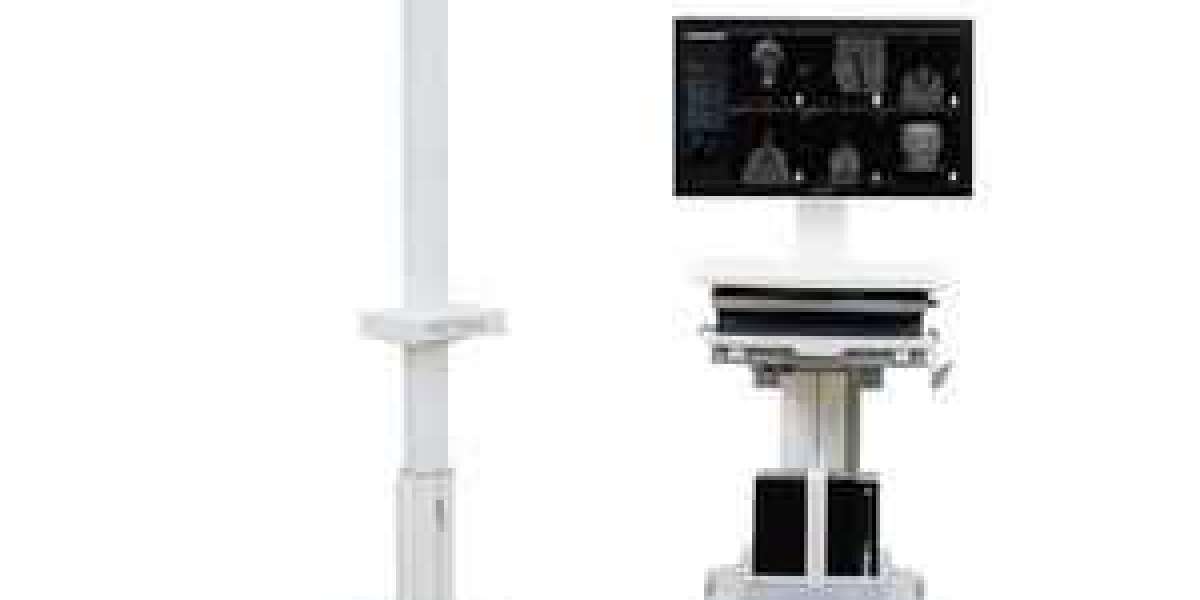In the evolving landscape of medical technology, a navigation machine has become an essential tool in modern surgical procedures. These machines enhance surgical accuracy, reduce risks, and improve patient outcomes by providing real-time imaging and precise guidance to surgeons. With the rapid advancement of healthcare technologies, surgical navigation systems India are seeing widespread adoption, ensuring improved surgical success rates across various medical fields.
This article explores the role of navigation machines, their benefits, and their integration within surgical navigation systems India, all within the ambit of modern medical advancements.
What Is a Navigation Machine?
A navigation machine is a high-tech medical device that assists surgeons in accurately mapping and tracking anatomical structures during surgery. These machines integrate real-time imaging, 3D visualization, and advanced tracking technologies to provide detailed insights into the surgical site. They are widely used in neurosurgery, orthopedics, ENT, and spinal surgeries to ensure minimal errors and enhanced precision.
Key Features of Navigation Machines:
- Real-Time Imaging: Uses MRI, CT scans, or X-rays for accurate visualization.
- 3D Mapping: Provides detailed views of the affected area, allowing precise surgical planning.
- Instrument Tracking: Guides surgical tools with millimeter-level accuracy.
- Enhanced Precision: Minimizes errors and improves patient safety.
With these advanced features, navigation machines are becoming indispensable in modern surgical procedures.
Integration of Navigation Machine with Surgical Navigation Systems India
The increasing adoption of surgical navigation systems India highlights the growing reliance on technology-driven surgical techniques. These systems incorporate navigation machines to provide real-time assistance during procedures, ensuring that surgeons can operate with unmatched accuracy.
How Navigation Machines Enhance Surgical Navigation Systems?
- Improved Accuracy: Enables precise targeting of surgical areas, reducing risks.
- Minimally Invasive Procedures: Allows smaller incisions, leading to faster recovery.
- Reduced Surgery Time: Enhances efficiency and shortens operation duration.
- Better Visualization: Provides a clearer view of complex anatomical structures.
Within the ambit of advanced medical practices, the use of navigation machines in surgical navigation systems India is transforming the way critical surgeries are performed.
Benefits of Navigation Machines in Surgery
- Enhanced Precision: Reduces human error, leading to safer surgeries.
- Real-Time Assistance: Allows continuous tracking of surgical instruments.
- Versatile Applications: Used in neurosurgery, orthopedics, and robotic-assisted surgeries.
- Lower Complication Rates: Minimizes risks associated with traditional surgery.
- Better Patient Outcomes: Ensures higher success rates and improved post-operative recovery.
As healthcare institutions in India continue to upgrade their surgical infrastructure, navigation machines are becoming a standard part of advanced surgical procedures.
Future of Navigation Machines in India
The future of navigation machines in India looks promising, with continuous advancements in artificial intelligence, robotics, and augmented reality. These innovations will further enhance the efficiency of surgical navigation systems India, making surgeries safer and more effective.
With hospitals and medical institutions embracing this technology within the ambit of modern healthcare, patients can expect improved treatment outcomes and reduced surgical risks.
Final Thoughts
The navigation machine has become a game-changer in modern surgery, providing enhanced accuracy and real-time guidance to medical professionals. With its integration into surgical navigation systems India, the healthcare industry is witnessing a major transformation in surgical precision and patient care. As these technologies continue to evolve, their role in shaping the future of surgery in India will only become more significant.











